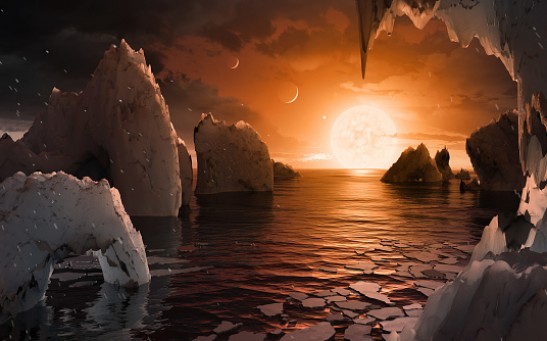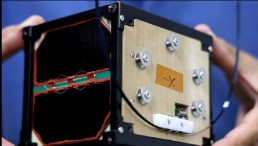space

NASA's Latest Mars Update: Storms Created The Mountains On The Red Plant
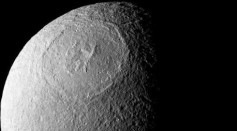
Saturn's Moon Tethys Looks Exactly Like The Star Wars' 'Death Star'

NASA, EPA Counter Attack The Speeding Process of Global Warming On Earth

ESO Telescope Captures Galaxy On The Edge; Makes Study Of Spiral Galaxies Easier

Volcanoes Make It Easier To Locate Life In Universe
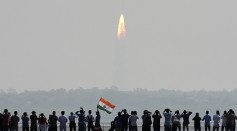
India vs China: Which Country Has Better Space Advancements
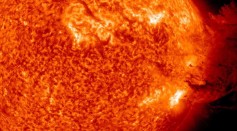
NASA Will Do The Impossible – Send Spacecraft, Solar Probe Plus, To Study Sun’s Surface Up Close
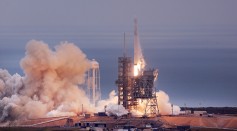
SpaceX Blasts Off Before NASA Could Ever Dream Of
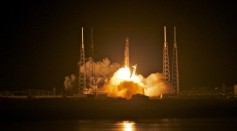
Ticket To Heaven: SpaceX Offering Tourists A Trip To Moon
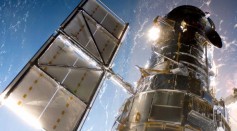
Sun May Create Havoc On Earth: NASA On A Mission To Reach Sun's Surface And Save Earth

NASA Spacecraft Show A Unique Six-Sided Hexagon Jet Stream Around Saturn's North Pole

NASA Researches On How To Travel Faster Than Light After Discovering Trappist 1
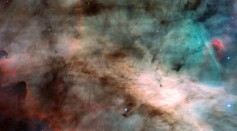
Blink And Miss: Astronomers Will Monitor The Star 'Beta Pictoris' Without Blinking For 200 Days

Rosetta Mission Update: Dunes Found On Comet 67P/Chury Hint At Presence Of Wind And Grains
Most Popular

The Role of AI in the Next Generation of Logistics: Insights from Tobias Waldhecker

Alzheimer's Treatment Drug Lecanemab Found to Increase Death Risk, New Research Shows

Cloned Black-Footed Ferret Gives Birth to Two Healthy Kits

Optimizing Complex Catalog Systems with Graph Theory and Indexing

